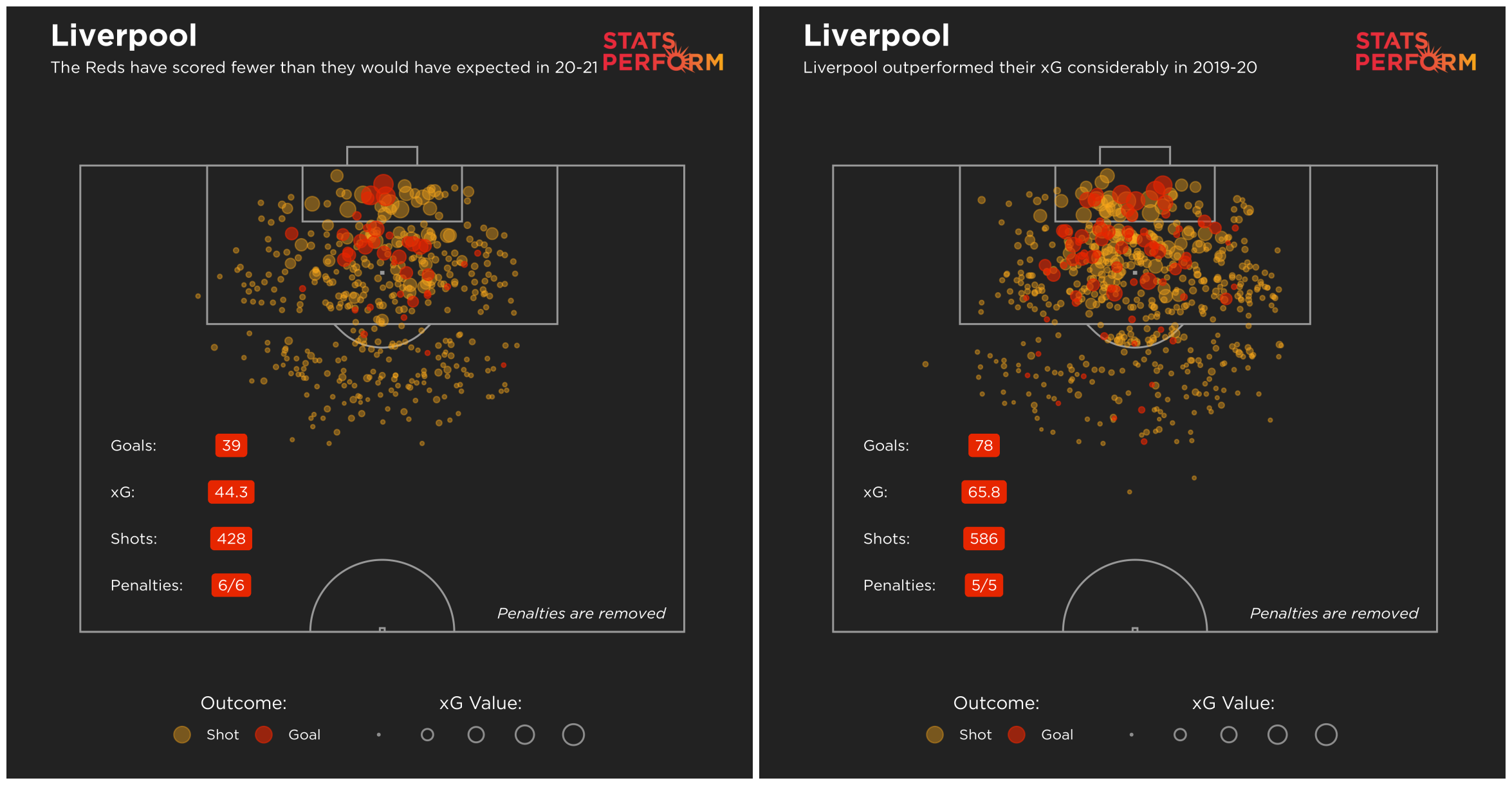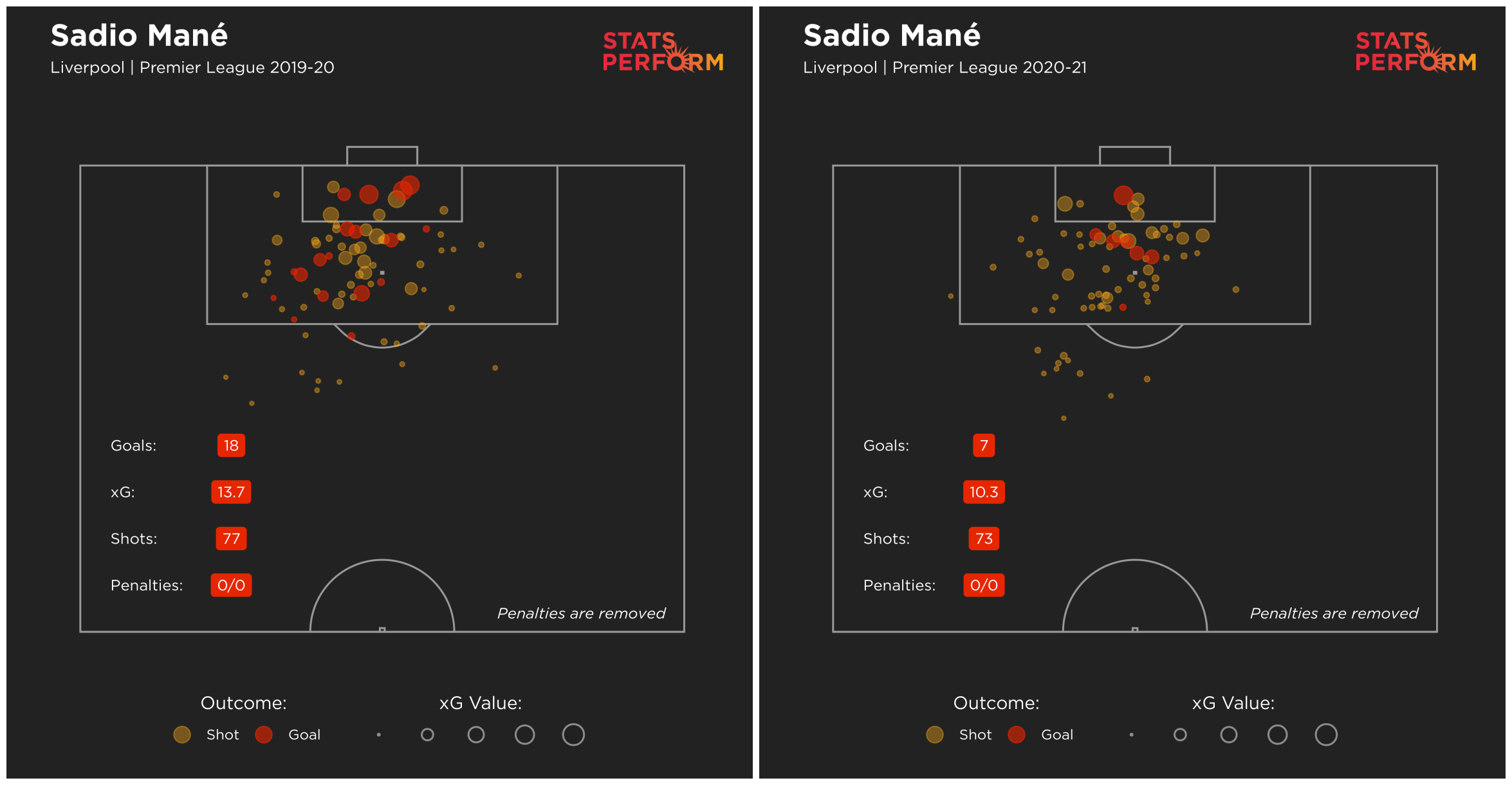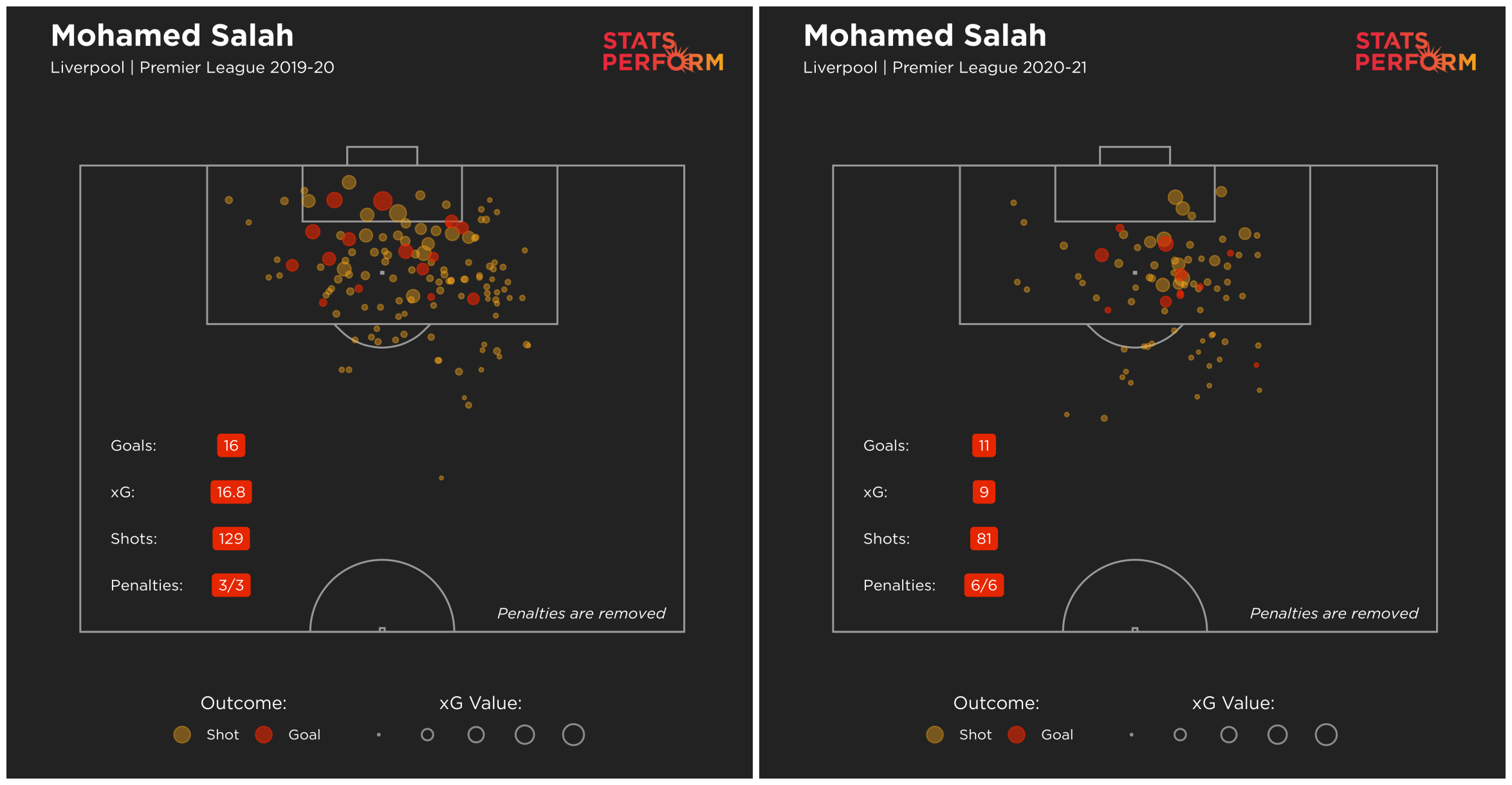It's June 25, 2020. Thousands of Liverpool fans have ignored government advice as they gather at Anfield for a very special occasion – the celebration of a first league title in 30 years.
Despite it looking a certainty for months, many Reds fans hadn't allowed themselves to be drawn in by the hysteria too early for fear of more heartache, but Chelsea's 2-1 win over Manchester City in London meant they had to wait no longer.
In the period between their two most recent top-flight titles – the last one coming even before the establishment of the Premier League – bitter rivals Manchester United lifted the trophy no fewer than 13 times.
But the title win was made even more significant by the manner of it, their dominance leaving everyone else well behind in the dust. Clinching the trophy with seven games to spare was a new record.
As fans clambered over the gates outside the Kop End and set off fireworks near the stadium, many – supporter or not – will have looked at those scenes and felt it was an image the rest would have to get used to, such had been Liverpool's consistency over the previous two years.
Yet, here we are in April 2021, approaching the Premier League's final straight with the defending champions looking hard-pressed to even finish in the top four.
A foreshadowing?
When Jurgen Klopp announced his decision to leave Borussia Dortmund in 2015, there was an initial sense of shock that was soon offset by the feeling it was perhaps to be expected. It was a testing season, and although a late upturn after the announcement saw them qualify for Europe, there was no getting away from the fact they had under-achieved.
While it was certainly not the only problem, one major issue for Klopp that season was injuries – at the time, it was estimated Dortmund's first-team players missed over 1,600 days due to injuries or illness.
As a base for comparison, Sky Sports claimed in early March that Liverpool players had lost just over 1,000 days to illness or injury this term. Granted, such data is difficult to nail down because exact timeframes aren't always confirmed by the clubs, however it does at least highlight a similarity.
Of course, another key component with regards to 2014-15 at Dortmund was the fact they lost Robert Lewandowski to Bayern Munich. Not only did he score 20 Bundesliga goals the previous season, the Poland striker helped knit their play together in the final third. Without him, so much changed in their attack.

Four Dortmund players scored nine or more Bundesliga goals in 2013-14, but only Pierre-Emerick Aubameyang – tasked with stepping up in Lewandowski's absence – managed this in 2014-15. Even then, his haul of 16 was only a personal improvement of three.
With key players frequently missing and new arrivals, such as Ciro Immobile, struggling to fit in, it's perhaps no wonder Dortmund's conversion rate dropped from 13 per cent to 8.3 – the only occasion it went below 11 per cent for Klopp at the club.

A common theory for his demise at Dortmund was the idea that Klopp had run the team into the ground after several years of playing high-intensity football, which subsequently led to more muscular injuries.
Dortmund engaged in 14.4 pressed sequences – defined as instances where the opponent has three or fewer passes in a sequence and it ends within 40 metres of their own goal – per game in each of Klopp's final two seasons, but his Liverpool side this term averages 18.9 each match, up slightly from 18 in 2019-20. This highlights the quality of the Reds' pressing style, but it also shows a significant increase in intensity even from his Dortmund days.
Although the correlation is difficult to prove conclusively, links between high-intensity football styles and muscle injuries are nothing new. If this was partly to blame for Dortmund's increased absences list, then Liverpool's situation – given their even greater intensity – appears comparable.
But while it's impossible to ignore Liverpool's injury situation, to suggest that's where their issues end would seemingly be false.
Below the usual standards
Of course, as Klopp has pointed out before, unplanned absences can have significant knock-on effects throughout the team.
So, the fact Virgil van Dijk has been out since October won't have just impacted Liverpool's defensive solidity, but it will have changed how they play out from the back and subsequently affected the midfield because the likes of Jordan Henderson and Fabinho have had to fill in away from their usual roles.
However, where Liverpool seem to have had the most issues in 2020-21 compared to last season is actually in attack, with their goals-per-game average decreasing from 2.2 to 1.65.
Having converted 14.4 per cent of their shots in 2019-20, they are now netting at a rate of 11.1 percent – only in Klopp's first season at Anfield have the Reds recorded worse in a full campaign (10.8).

It's not as if Liverpool are having significantly fewer shots either, as they are averaging 15 every 90 minutes as opposed to 15.5 last term, however, some potential explainers do appear when you look a little closer at those shots.
Liverpool are trying their luck from outside the box more often (5.1 per game, up from 4.6) and getting fewer away inside the area than before (9.9, down from 11). On top of this, they have had just nine (0.31 per game) shots from fast breaks in 2020-21, less than half as often as either 2019-20 (0.73) and 2018-19 (0.63).
This all suggests the opposition is sitting deeper against Liverpool than before, restricting space better and limiting the options of Klopp's men in attack – the fact they're having more long-range attempts could be a sign of collective frustration, or a lack of invention.
Supporting the idea teams are sitting off Liverpool a little more is the fact they are averaging 191.7 passes in the final third each game. This figure was 180.9 in 2019-20 and 173.8 the year before – opponents are seemingly happier to absorb pressure, more confident that Klopp's side are unable to break them down.
This potentially goes some way to explaining why Sadio Mane has had a less fruitful season in front of goal, as his xG maps for this term and last show he's not having as much of an impact in the six-yard box.

He has only scored one Premier League goal in this part of the area during 2020-21, whereas last season he scored four, suggesting he possessed something of a poacher's instinct as well as a knack for the spectacular.
While his haul of seven goals is by no means dreadful, it's 3.3 lower than his xG value, showing he's missing good-quality chances on a more regular basis than he'd be expected. By comparison, in 2020-21 he overperformed his xG by 4.3 (18 goals, 13.7 xG) and the year before he boasted a 6.9 xG differential (22 goals, 15.1 xG).
This means that, while he was living up to his abilities as an elite-level chance-taker for the past two years, this term he appears to be struggling to adapt to his surroundings, with defences packed a little tighter.
With Mohamed Salah, however, there's been a slight change in the other direction in that his non-penalty xG of nine is actually less than the 11 non-penalty goals he's scored – in 2019-20 he had a negative 0.8 xG differential (16 goals, 16.8 xG).

As such, Salah appears to be handling the changes better than Mane despite opposition setups also causing him to think differently about his shots. Again, xG maps show the Egyptian isn't able to get as many high-xG shots off from the centre of the area, instead being forced slightly more towards the right, yet he's still netting with fine frequency.
Working smarter to restore pride
Whether Salah's outperforming of xG is sustainable or not is another matter, and one only time can tell, though Liverpool will likely need even more from him to prevent their season finishing with a whimper.
Similarly, Mane rediscovering his best form would be a major boost, and that appears to hinge on him dealing better with less space or getting on the end of more deliveries into the danger zone.
Liverpool's lengthy injury list has undoubtedly had some impact in 2020-21, yet it also seems clear they could work smarter in light of opponents approaching their fixtures slightly differently.
Upcoming games against Arsenal and Real Madrid could potentially provide the tonic given neither is likely to set up particularly defensively, and this might play into the hands of Mane.
A make-or-break week is on the horizon – defeat to the Gunners could leave the Reds eight points adrift of fourth, while losing in Madrid will likely ruin their Champions League hopes.
As people clamour to proclaim Liverpool the worst Premier League champions ever, it's time to restore a little dignity.




















